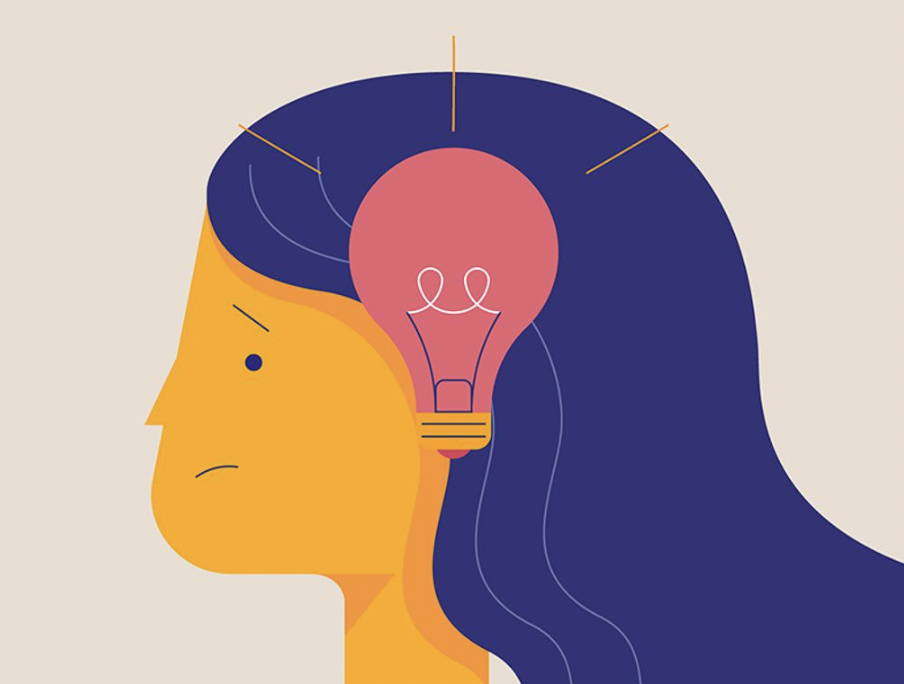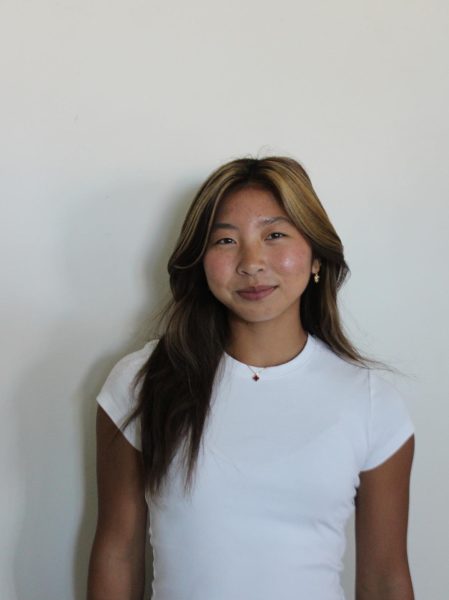Every fall, I’m told that there’s always a shift in my mood. Although my TikTok is flooded with videos romanticizing the season, and my Instagram is filled with exclusive fall recipes and treats, it takes a while for me to get into the fall spirit. During this time of year, I become more withdrawn; my energy seems to drain much quicker compared to the summer, and I just can’t seem to feel the autumn magic that everyone else feels until it’s almost Christmas time.
However, I’ve recently learned that there is a much more severe version of what I’ve been going through–seasonal affective disorder (SAD)–and it’s led me to believe that instead of solely romanticizing fall as the “perfect” season, we also need to acknowledge the mental health challenges it can bring for some.
About 10 million Americans experience SAD, according to Dr. Jeff Temple, licensed psychologist and professor at the University of Texas Medical Branch. SAD is a form of depression that usually affects people from mid to late fall and can last until early spring . According to the National Institute of Mental Health, SAD tends to begin in young adulthood and is more common in women and those living farther north, due to the shorter daylight hours. Reduced sunlight leads to a decrease in serotonin, the hormone responsible for mood regulation (NIH). Symptoms may include fatigue, oversleeping, overeating, mood swings, social withdrawal and physical aches. However, since SAD is somewhat common, it is usually dismissed as “the holiday blues” or a fall/winter slump.
Although mental health should be a priority year-round, autumn is one of the most critical times to highlight its importance due to the rise in SAD cases. Fall and winter months can be exceptionally hard on those struggling with SAD, and it is important to raise awareness so that proper support can be given to them. One way to help those battling with SAD is simply checking in on friends and family during this time ; having someone there to listen can be a great comfort. Other ways SAD can be treated is through light therapy, spending time outside in the sunlight, exercise, or psychotherapy .
Seasonal affective health disorder is truly more than just a seasonal mood change; it is a real mental health condition that requires action and raised awareness. As we enter the fall season, it is crucial to become more open about mental health and encourage discussion in order to support those who may be struggling during this time of year.















































